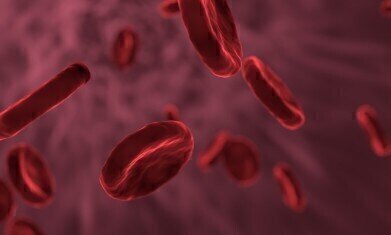Microscopy & Microtechniques
Who Won the 2020 Nobel Prize in Physiology or Medicine?
Dec 02 2020
Introduced by Swedish chemist Alfred Nobel in 1895, Nobel Prizes are awarded "to those who, during the preceding year, have conferred the greatest benefit to humankind”. In 2020 the coveted Nobel Prize in Physiology or Medicine 2020 was presented jointly to Harvey J. Alter, Michael Houghton and Charles M. Rice for the discovery of the Hepatitis C Virus (HCV). The trio made significant contributions to mapping the blood-borne virus, which currently infects around 71 million people around the world. Chronic infections can lead to severe health issues, including cirrhosis and liver cancer.
Understanding chronic hepatitis
Globally, blood-borne hepatitis viruses are currently responsible for more than 1 million deaths a year. This places Hepatitis C as a global health concern, comparable to infectious diseases like tuberculosis and human immunodeficiency virus (HIV). Prior to the discovery of Hepatitis C, little was known about blood-borne viruses. While Hepatitis A and B were discovered in the 1940s, the discovery of HCV offered scientists insight into the causes of chronic hepatitis. It also helped to develop new blood tests and medicines to treat the condition.
Mapping the genetic profile of HCV
When developing successful treatments for viruses the key is to pinpoint the causative trigger. Before the pioneering work of Alter, Houghton and Rice, scientists were unable to identify a form of chronic viral hepatitis known as “non-A, non-B” hepatitis. During his work at a pharmaceutical firm Houghton successfully isolated the genetic sequence of the unknown virus. He then created a set of DNA fragments using nucleic acids extracted from an infected chimpanzee. Fluids extracted from chronic hepatitis patients were then used to detect a positive clone for viral antibodies. The clone was then identified in a novel RNA virus, which was named Hepatitis C.
Piecing together the puzzle
Charles M. Rice uncovered more pieces of the puzzle by investigating whether the cloned virus could replicate and spark a hepatitis infection. As well as identifying a region of the Hepatitis C virus genome responsible for replication, the team noted genetic variations that could hinder reproduction. After testing the RNA variant on chimpanzee livers Rice and his team were able to prove the Hepatitis C virus can cause infections.
Thanks to the work of Alter, Houghton and Rice, hepatitis patients around the world now have access to ultra-sensitive blood tests and antiviral drugs. The findings were a breakthrough for global health, with the trio awarded one of the highest accolades in science for their contributions.
Find out more about the latest scientific breakthroughs in ‘Micropatterning: The art of micro-controlling cells’ featuring insight from Marie-Charlotte Manus, Dr Louise Bonnemay and Matthieu Opitz on behalf of Alvéole.
Digital Edition
Lab Asia 31.2 April 2024
April 2024
In This Edition Chromatography Articles - Approaches to troubleshooting an SPE method for the analysis of oligonucleotides (pt i) - High-precision liquid flow processes demand full fluidic c...
View all digital editions
Events
May 05 2024 Seville, Spain
InformEx Zone at CPhl North America
May 07 2024 Pennsylvania, PA, USA
May 14 2024 Oklahoma City, OK, USA
May 15 2024 Birmingham, UK
May 21 2024 Lagos, Nigeria




.jpg)













